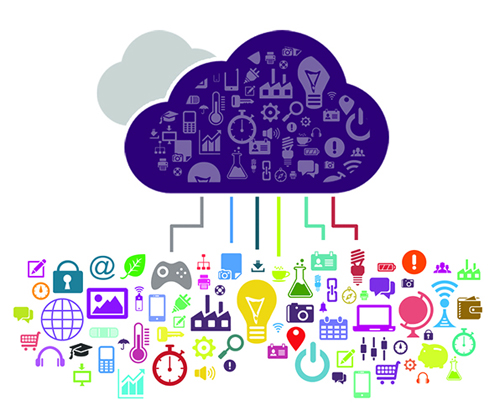ICTpost Secure IT Bureau: March 8, 2024
The future of cyber threats includes an increasing prominence of AI-based threats. As artificial intelligence (AI) and machine learning (ML) technologies continue to advance, both defenders and attackers are leveraging these capabilities in the cybersecurity landscape. Some examples are- Sophisticated Phishing Attacks, AI-Enhanced Malware, Deepfakes and Manipulated Content. AI can be used to optimize cyber-attacks. Attackers can employ machine learning algorithms to find vulnerabilities, launch phishing attacks, and automate the exploitation of weaknesses in systems.
From traditional passwords to passkeys
Passwords have several limitations that make them vulnerable to cyberattacks.
Moving away from traditional passwords towards passkeys is part of ongoing efforts to enhance cybersecurity and address the limitations and vulnerabilities associated with passwords. As cyber threats evolve, adopting more advanced authentication methods helps organizations stay ahead of attackers who may exploit traditional password weaknesses.
The rise of AI-based phishing emails are growing concern in the cybersecurity landscape. AI-powered phishing emails can be more convincing and sophisticated, making them harder to detect by traditional security measures. Passkeys are going to be a good thing to try to help against that.
FIDO- enhance online authentication security
FIDO i.e. “Fast Identity Online” is a set of protocols designed to enhance online authentication security. FIDO aims to address the limitations and vulnerabilities associated with traditional password-based authentication systems. It enables secure and passwordless authentication. FIDO authentication methods often include the use of biometrics (like fingerprints or facial recognition) and hardware tokens (such as USB security keys).
Deepfake Technology
Misinformation and disinformation remain a big problem in our society. Deepfakes is the most dangerous form of misinformation, that pose unprecedented threats not just to democracy and its process but also to the rights of digital citizens in online spaces. AI-powered deepfake technology can be utilized to create convincing fake audio and video content, which can be weaponized for social engineering, disinformation campaigns, and impersonation attacks. Deepfake technology will always keep getting better and it will eventually be to the point where we don’t think detection is going to work.
So, the focus needs to be not on detecting the deepfake with some sort of technology, but building security mechanisms, like: Multi-Factor Authentication; behavioral analysis tools to identify abnormal patterns of user behavior. If data, such as user credentials or critical information, is tampered with using deepfake techniques, integrity checks can help identify unauthorized alterations.
Generative AI and Hallucinations
Another threat that comes to us from generative AI and hallucinations. We’re going to be more and more dependent upon Generative AI, Large Language models and Chatbots to give us information. But, some of the information they give us isn’t always right. This problem is called Hallucinations. It means that we’re making decisions based upon that could cause security threats to us. RAG technology will make this system better and more accurate. RAG means-Retrieval-Augmented Generation (RAG). RAG is an artificial intelligence (AI) technique that improves the quality of generative AI.
Symbiotic relationship between AI and Cybersecurity
The relationship between AI (Artificial Intelligence) and cybersecurity is often described as symbiotic, they mutually benefit and enhance each other’s capabilities. The ability of AI to process and analyze large volumes of data is invaluable in cybersecurity, especially in monitoring network traffic, identifying patterns, and detecting abnormalities indicative of security incidents.
Increase in IoT attacks
Many IoT devices don’t encrypt the data they send, which means if someone penetrates the network,
they can intercept credentials and other important information. IoT-based malware attacks are increasing day by day, and by 2025, there will be an estimated 55.7 billion connected IoT devices. The solution involves- Implement Strong Authentication as well as deploy Intrusion Detection Systems (IDS) and Intrusion Prevention Systems (IPS) solutions to monitor network traffic and detect malicious activities in real-time.
Quantum computing and Cyberthreats: Quantum computers, with their unique ability to perform complex calculations exponentially faster than classical computers, have the potential to break widely used cryptographic algorithms, including those underpinning current public-key cryptography. Cryptography is the process of hiding or coding information so that only the person a message was intended for can read it. The art of cryptography has been used to code messages for thousands of years and continues to be used in bank cards, computer passwords, and e-commerce.
Quantum systems are going to be able to crack our cryptography. Quantum Key Distribution (QKD) is a quantum cryptographic technique that uses the principles of quantum mechanics to secure communication channels. It enables the exchange of cryptographic keys in a way that is theoretically secure against quantum attacks.
In this fast-growing digital era, cybersecurity awareness must be introduced as part of the new social norms for the basic units of society, it is no longer an option but a crucial necessity. editor@ictpost.com








